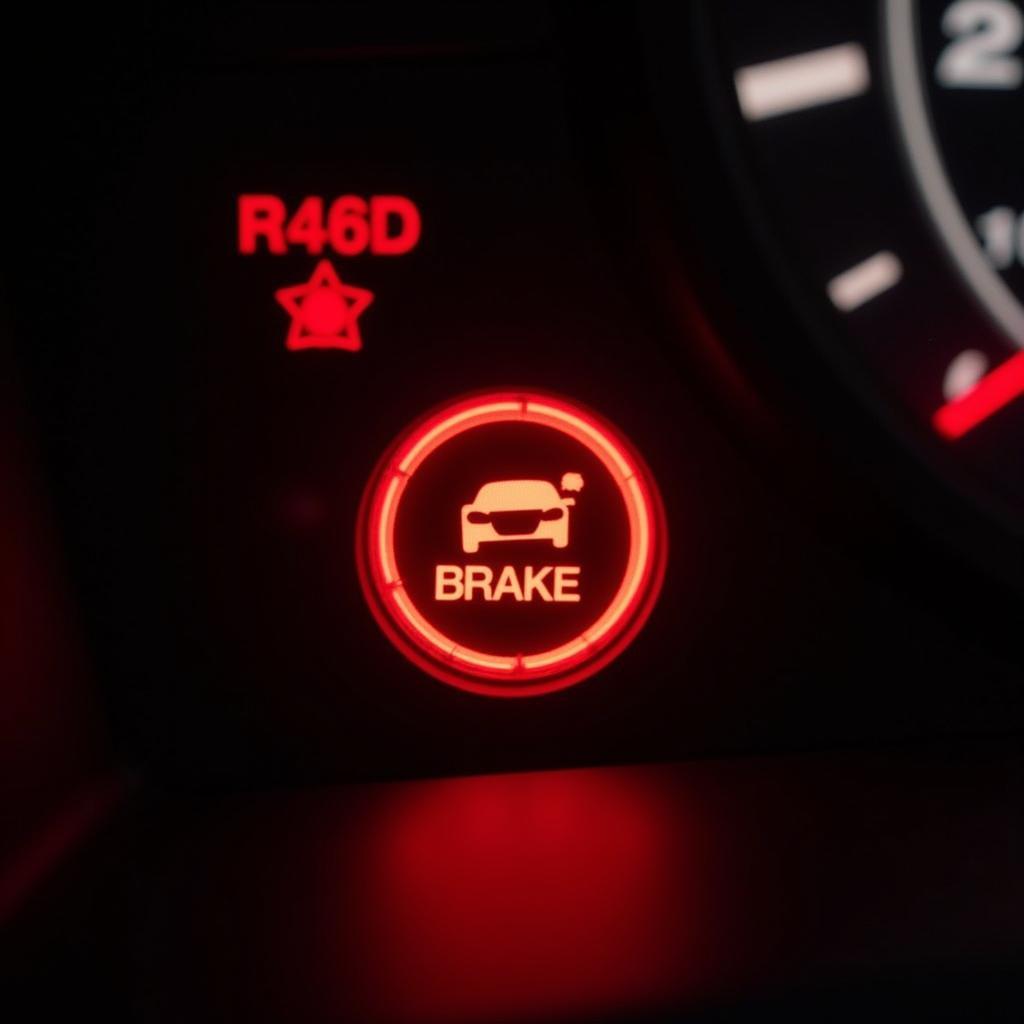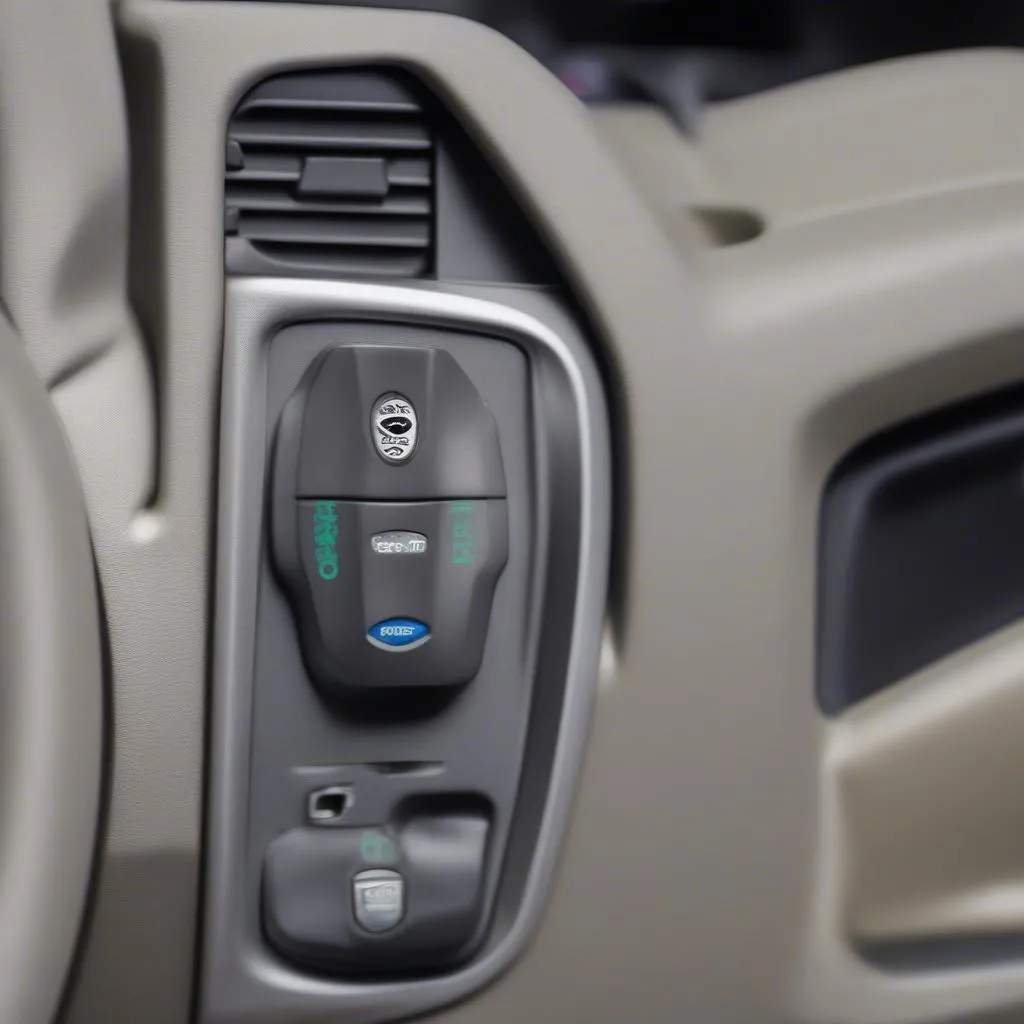The insistent chime of the child seat belt warning is a familiar sound for many parents and caregivers. While it’s a crucial safety feature designed to protect our most precious cargo, it can also be a source of frustration, especially when you’re certain everything is installed correctly. This comprehensive guide delves into the intricacies of the child seat belt warning system, equipping you with the knowledge to understand, troubleshoot, and resolve any issues you might encounter.
Why Does My Car Seat Belt Warning Keep Beeping?
There are several reasons why your car might be sounding the child seat belt warning, even if you believe everything is in order:
- Improper Seat Belt Connection: The most common culprit is an improperly fastened seat belt. Ensure the seat belt is securely clicked into the buckle, and there are no twists or kinks in the strap.
- Weight Sensor Malfunction: Modern vehicles often incorporate weight sensors in the passenger seats to detect the presence of a child. If the sensor is faulty, it may trigger the warning even with no one in the seat or a properly installed car seat.
- Faulty Wiring or Electrical Connection: Like any electrical system, the child seat belt warning system relies on proper wiring and connections. A loose wire, corrosion, or a damaged connector can disrupt the signal flow, leading to a false warning.
- Software Glitch: Today’s vehicles are heavily reliant on software, and occasional glitches can occur. A software error in the car’s system could trigger the warning inappropriately.
How to Troubleshoot a Child Seat Belt Warning
Before you rush to a mechanic, there are several steps you can take to troubleshoot the issue yourself:
- Check the Obvious: Begin by verifying that the seat belt is indeed fastened correctly, and there’s nothing resting on the passenger seat that might trigger the weight sensor.
- Consult Your Owner’s Manual: Your car’s owner’s manual is a treasure trove of information, including specific instructions for your vehicle’s child seat belt warning system.
- Reset the System: Try resetting the system by disconnecting and reconnecting the car battery for a few minutes. This can sometimes resolve temporary software glitches.
- Inspect the Wiring (If Comfortable): If you’re comfortable working with car electronics, you can visually inspect the wiring and connections related to the seat belt warning system. Look for anything loose, damaged, or corroded.
When to Seek Professional Help
If your troubleshooting efforts don’t yield results, it’s essential to consult a qualified automotive technician, especially if you suspect a:
- Faulty Weight Sensor: Replacing a weight sensor requires specialized tools and knowledge of the vehicle’s electrical system.
- Complex Electrical Issue: Tracing and repairing intricate wiring faults is best left to professionals with the right diagnostic equipment.
- Software-Related Problem: Addressing software glitches often involves using advanced diagnostic tools and potentially updating the car’s software, tasks best handled by trained technicians.
“Ignoring a persistent child seat belt warning is never the answer,” says Mark Stevenson, a seasoned automotive electrician with over 20 years of experience. “It’s crucial to address the issue promptly to ensure the safety of your passengers, especially children who rely on properly functioning safety systems.”
Can I Disable the Child Seat Belt Warning?
While it might be tempting to silence a persistent warning chime, most manufacturers strongly advise against disabling the child seat belt warning system. Tampering with safety features can have serious consequences in the event of an accident. Additionally, disabling safety systems may void your vehicle’s warranty.
Tips for Avoiding False Warnings
Here are some proactive measures you can take to minimize the chances of encountering a false child seat belt warning:
- Regularly Clean Your Car’s Interior: Dust, debris, or even spilled liquids can interfere with weight sensors or seat belt buckles.
- Avoid Placing Heavy Objects on Passenger Seats: This can trigger the weight sensor and lead to unnecessary warnings.
- Schedule Routine Car Maintenance: Regular checkups allow technicians to identify and address potential electrical or software issues before they escalate.
Conclusion
The child seat belt warning is a critical safety feature designed to protect young passengers. While encountering issues can be frustrating, understanding the common causes, troubleshooting tips, and knowing when to seek professional help empowers you to maintain a safe and comfortable driving experience. Remember, prioritizing safety ensures peace of mind on every journey.


